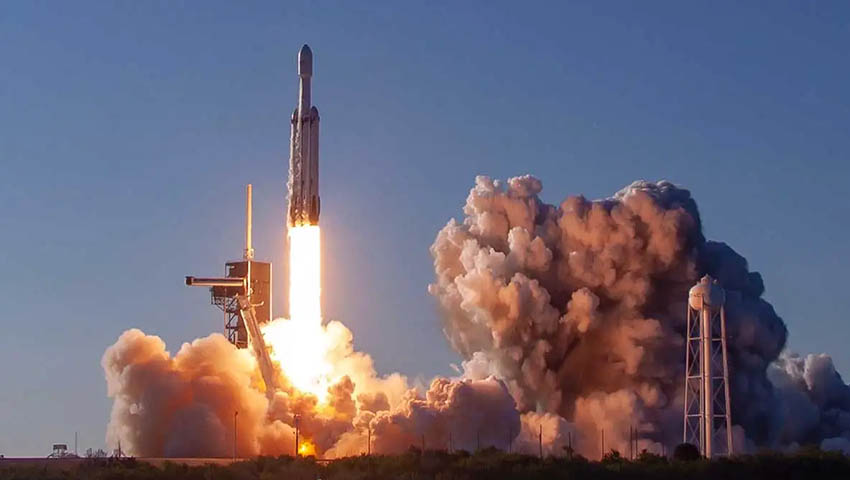
The Starlink satellites were originally scheduled to launch on 15 May, but that attempt was called off due to high winds. SpaceX called off another launch attempt the following night to update software and conduct additional checks.
If all goes according to plan, the first 60 satellites of the mega-constellation will launch from Cape Canaveral Air Force Station. SpaceX envisions the Starlink network providing affordable internet access to people around the world.
But that won't happen immediately; about 400 satellites will be needed to provide 'minor' coverage and 800 for 'moderate' coverage, SpaceX founder and CEO Elon Musk has said.
It is envisaged that the Starlink constellation could grow far beyond those numbers, eventually consisting of up to 12,000 satellites, company representatives have said.
SpaceX has plans to deploy nearly 12,000 satellites in three orbital shells by the mid-2020s: initially placing approximately 1,600 satellites in a 550-kilometre altitude shell. The total cost of the decade-long project to design, build and deploy such a network is estimated at nearly US$10 billion.
The internet communication satellites were expected to be in the smallsat class of 100 to 500-kilogram mass, and were intended to be in low-Earth orbit (LEO) at an altitude of approximately 1,100 kilometres – it is expected that the satellites will employ optical inter-satellite links and phased array beam-forming and digital processing technologies in the Ku and Ka bands.
SpaceX intends to provide broadband internet connectivity via the Starlink mega-constellation to under-served areas of the planet, as well as provide competitively-priced service to urban areas. The company has stated that the positive cash flow from selling satellite internet services would be necessary to fund its Mars plans.
Receive the latest developments and updates on Australia’s space industry direct to your inbox. Subscribe today to Space Connect here.









